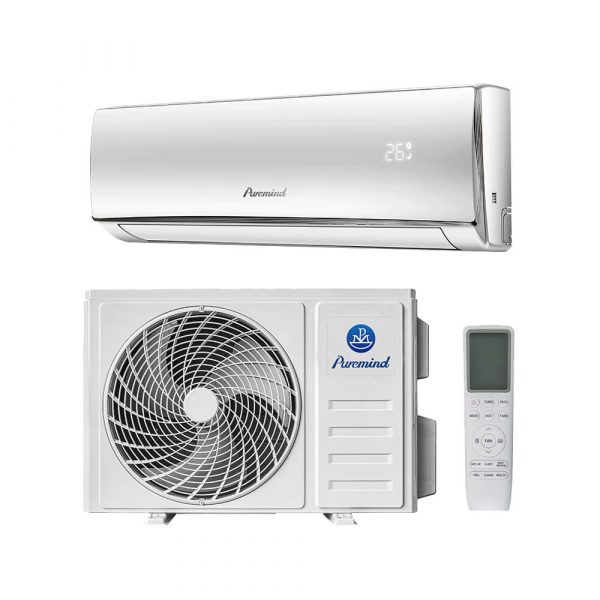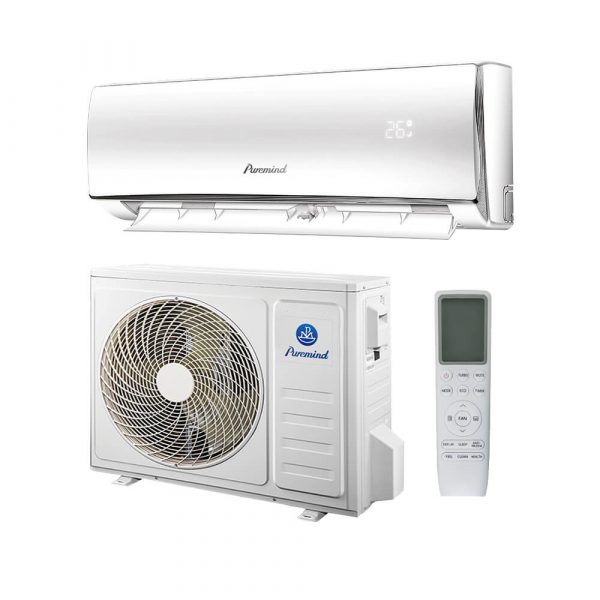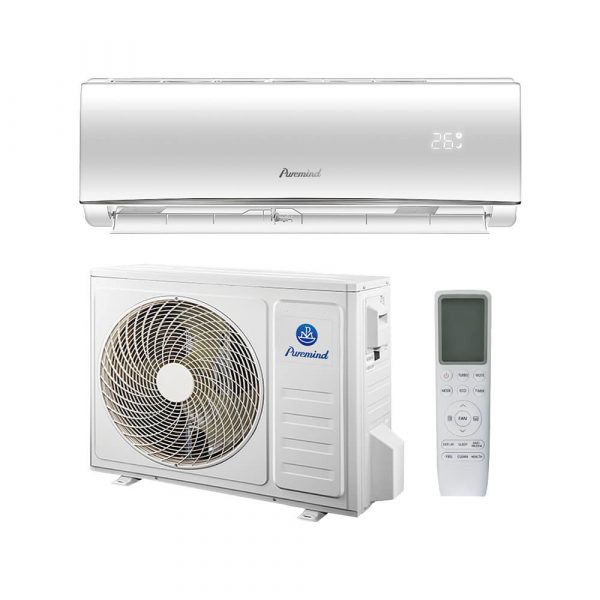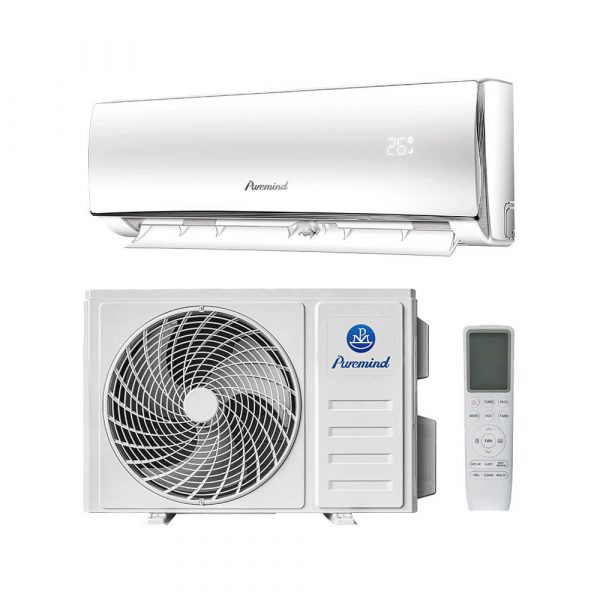Split Unit AC: Essential Guide for Wholesalers, Suppliers, and Distributors
In the growing HVAC market, split unit AC systems have become a top choice for cooling solutions. Wholesalers, suppliers, and distributors must understand their features, types, and advantages to cater effectively to customer needs and seize business opportunities.
What is a Split Unit AC?
A split unit air conditioner consists of two main components: the indoor unit that cools and circulates air inside the room, and the outdoor unit that expels heat to the outside environment. This separation allows for quieter indoor operation and flexible installation.
How Does a Split Unit AC Work?
The system works by circulating refrigerant between the indoor and outdoor units. The indoor unit contains an evaporator coil that absorbs heat from indoor air, while the outdoor unit contains the compressor and condenser coil that release heat outside. This efficient heat exchange cools indoor spaces effectively.
Types of Split Unit AC Systems
- Single Split Unit: One indoor unit connected to one outdoor unit, suitable for individual rooms.
- Multi Split Unit: Multiple indoor units connected to a single outdoor unit, ideal for cooling multiple rooms or zones.
- Inverter Split Unit: Features variable compressor speed for energy savings and precise temperature control.
Benefits of Split Unit AC Systems
Split unit ACs offer several advantages that make them attractive to end-users and lucrative for suppliers and distributors:
- Energy Efficiency: Inverter technology lowers electricity consumption.
- Quiet Operation: Outdoor placement of noisy components reduces indoor noise.
- Flexible Installation: Suitable for various room sizes and building types.
- Improved Air Quality: Many models include advanced filtration systems.
Key Considerations for Wholesalers and Suppliers
When selecting split unit AC products to stock and distribute, consider:
- Cooling Capacity: Match BTU ratings to target markets and room sizes.
- Energy Star Rating: Promote energy-efficient models to meet regulatory and consumer demands.
- Refrigerant Type: Eco-friendly refrigerants such as R32 are preferred.
- After-Sales Support: Reliable warranty and service from manufacturers.
Current Market Trends
Growing urbanization, climate awareness, and smart home technologies drive demand for advanced split unit ACs. Distributors should keep abreast of innovations like IoT-enabled units and eco-friendly refrigerants to stay competitive.
Where to Find Quality Split Unit ACs
For trusted suppliers and a broad product range, visit our split air conditioner category. Our selection features top-quality units tailored for wholesalers and distributors.
Conclusion
Split unit AC systems represent a vital segment in the HVAC market. Wholesalers, suppliers, and distributors who understand their technical features and market trends can better serve their clients and grow their business.







